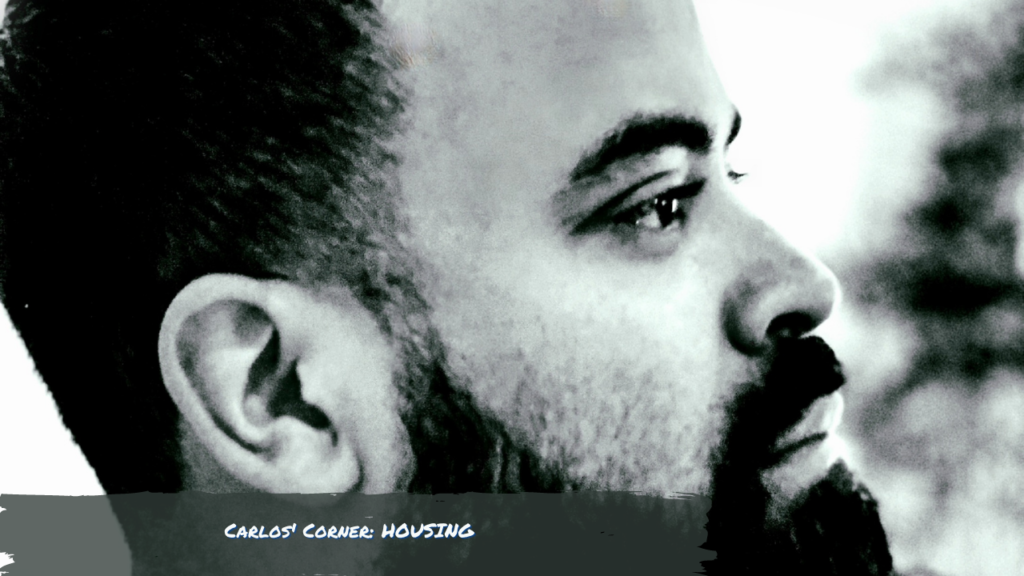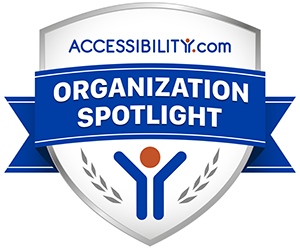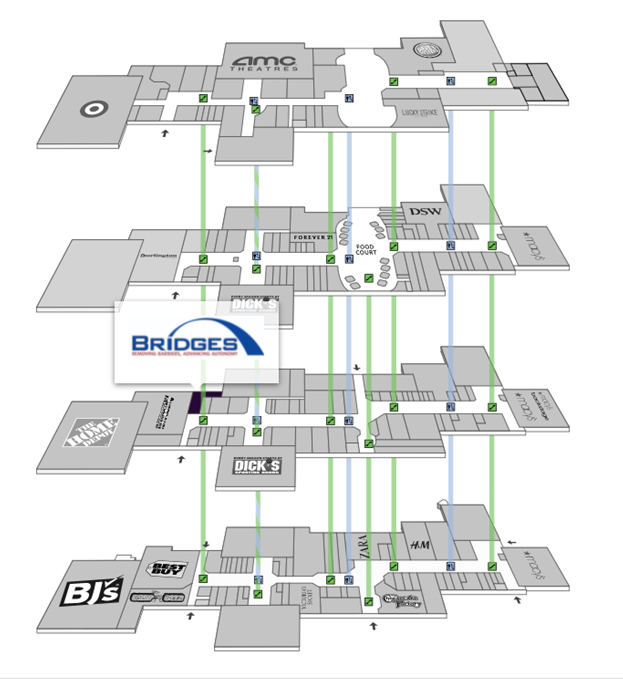
Carlos Corner Housing
HOUSING in Rockland is known by many of us to be unaffordable and inaccessible. Like a broken record, this is a never ending issue that is far from workable solutions. The reality is that we need better housing opportunities and community solutions especially in areas with walkable living environments, including shops, medical offices and recreation. People need spaces they can afford and where they have the ability to age in place.
We know that 1 in 4 Americans have a disability, seen and unseen; for every 1000 women, there are roughly 56 pregnancies a year (over 4 million); people aged 65 and older are expected to represent roughly 21.6% of the population by 2040. This list goes on if we take into account the rising population of people in the lowest income brackets and people who will need long term care and so on. These statistics are critical in understanding the need to look at how we address these issues differently, with a better framework, and to ensure that in the future, people have a fair chance to live in their communities.
Housing is one of the areas that impacts all of these areas of living — housing that provides permanency, safety, security and access can elevate a person’s sense of self, their dignity, and their worth. Housing that is accessible allows a wide range of people to live freely without the need to rebuild, move from one space to the next, or relocate altogether. Housing that goes beyond minimum standards of ADA requirements takes into account all people, not just one segment of our community. Housing that is designed for sustainability doesn’t only think about the people but its environment around the facility. Housing that considers its community and those wanting an opportunity, allows for mixed use and mixed income.
This is why BRIDGES is on a mission to bring this concept of UNIVERSAL DESIGN to life! It is possible and it doesn’t have to cost more than the buildout of housing that is inaccessible. Universal Design is not your traditional ADA minimum standards like, grab bars in the bathrooms, ramps and elevators, or even lowered countertops. Universal design goes beyond that. Elise Roy says “When you design for people with disabilities first, everyone benefits.” Universal Design identifies the following goals: Body Fit, Comfort, Awareness, Understanding, Wellness, Social Integration, Personalization and Cultural Appropriateness.
These goals are meant for any builder, designer and architect to look at the wholeness of our community and incorporate a design that will include as many people as humanly possible! This is innovative building and it can be done! The Hampton Inn Hotel in Amherst, NY is the very first Universally Designed hotel in the country, certified and approved by the University of Buffalo’s Center for Inclusive Design and Environmental Access as well as a shared work space environment, HANSA in Buffalo, NY, also certified and approved as Universally Designed.
This is not a far-fetched dream but a very practical, new and innovative approach to design and construction. BRIDGES is determined to see Universally Designed housing in Rockland County, allowing us to be the leaders in housing, surpassing minimum standards and enhancing our standards for living overall.
Sources:
2020 Profile of Older Americans – ACL Administration for …https://acl.gov › Aging and Disability in America ›
Births: Provisional Data for 2020 – Centers for Disease Control and …https://www.cdc.gov › nchs › data › vsrr › vsrr012-50




